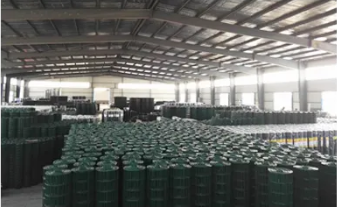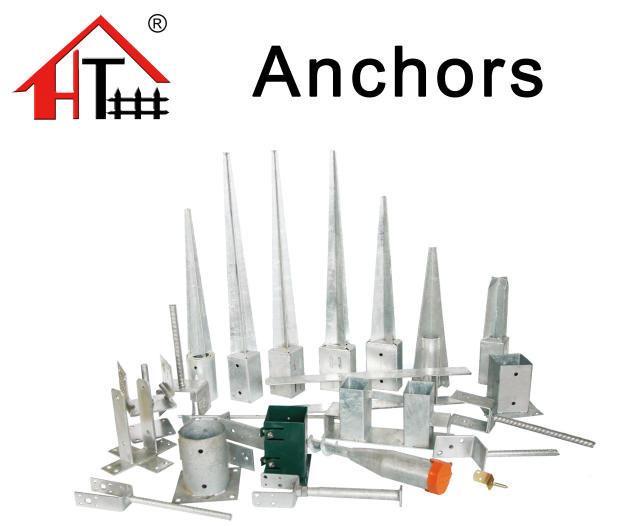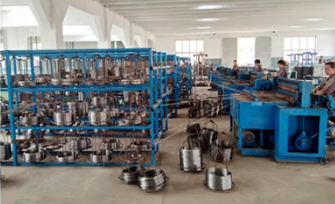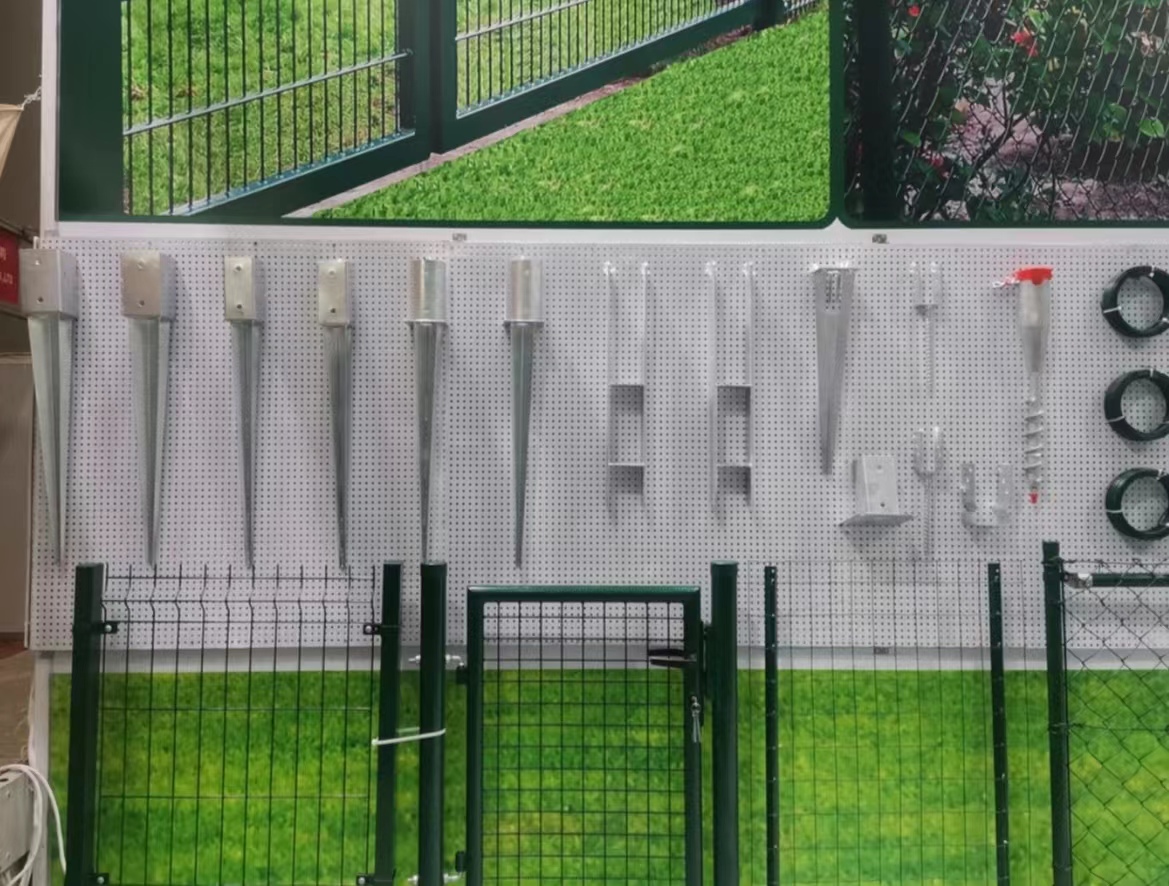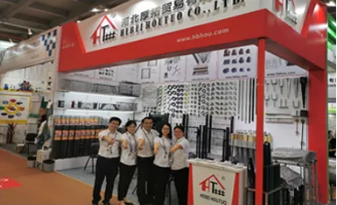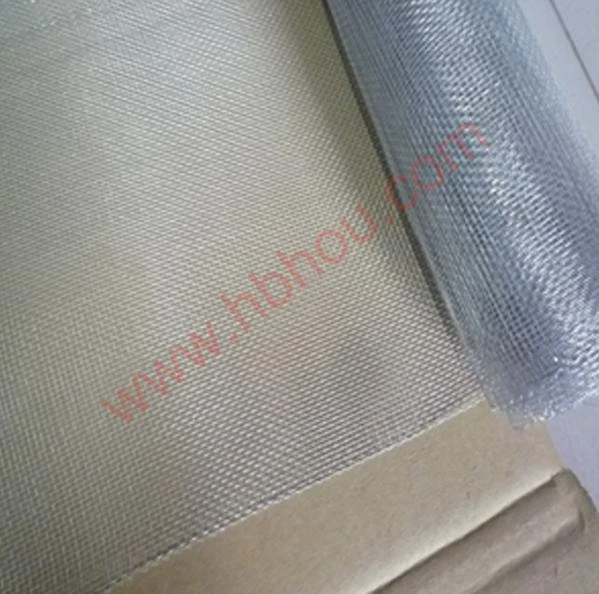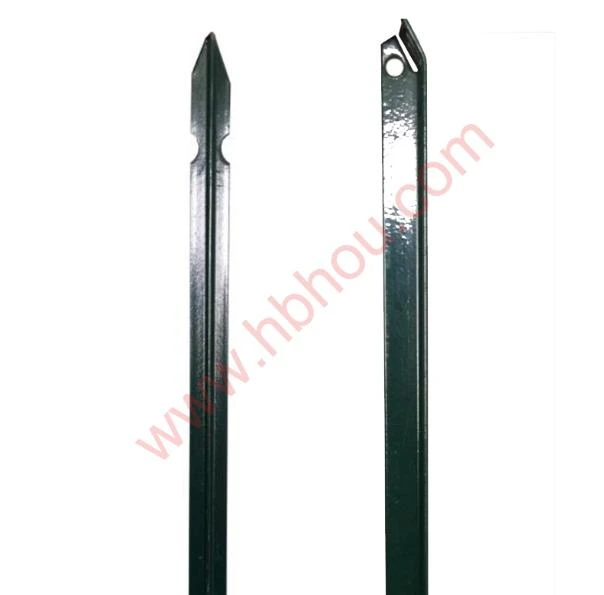Exploring the Versatility and Benefits of Gabion Metal Structures
Gabion metal structures have increasingly gained popularity in various civil engineering and landscaping projects due to their durability, flexibility, and aesthetic appeal. These structures, which consist of wire mesh cages filled with stones or other materials, serve numerous purposes ranging from erosion control to decorative landscaping features.
One of the primary advantages of gabion metal structures is their ability to provide effective erosion control. When placed along riverbanks, slopes, or shorelines, gabions act as barriers that absorb the energy of flowing water. This helps prevent soil erosion, maintaining the integrity of the land while supporting the local ecosystem. Moreover, their porous nature allows water to flow through while trapping sediments, further enhancing their effectiveness in stabilizing the surrounding environment.
Aside from their functional benefits, gabions also offer a range of aesthetic opportunities. Customizable in size and shape, gabion structures can be designed to fit seamlessly into various landscapes. Architects and designers often use them to create attractive retaining walls, seating areas, or decorative garden features. The natural stones used in gabions can blend harmoniously with the surrounding environment, creating a rustic and organic look that appeals to both residential and commercial properties.
gabion metal

Another significant benefit of gabion metal structures is their sustainability
. The materials used can often be sourced locally, reducing transportation costs and minimizing environmental impact. Additionally, gabions promote the growth of vegetation; soil and plants can naturally anchor into the gaps of the stones, enhancing biodiversity and fostering a healthy ecosystem. This is particularly beneficial in areas that require landscaping solutions that contribute positively to the local flora and fauna.Gabion structures are also remarkably cost-effective. Compared to traditional concrete walls or other forms of landscaping, these metal cages filled with stone are usually less expensive to construct and maintain. Their durability means that they can withstand harsh weather conditions and require minimal upkeep, providing a long-lasting solution for various projects.
However, it is essential to consider the quality of materials when constructing gabion metal structures. The mesh used should be high-quality and resist corrosion, especially in environments exposed to moisture. Galvanized or stainless steel is often preferred to ensure that the structure remains intact over time without deteriorating.
In conclusion, gabion metal structures represent a fusion of functionality, aesthetics, and sustainability. Their versatility makes them ideal for a wide range of applications, from erosion control to landscaping design. With the increasing emphasis on sustainable practices in construction and landscaping, gabions are likely to play a significant role in the future of civil engineering and design, providing effective solutions that harmonize with nature while addressing practical challenges. As we move toward a more environmentally conscious approach to our built environment, the adoption of gabion structures presents a promising avenue for achieving these goals.









